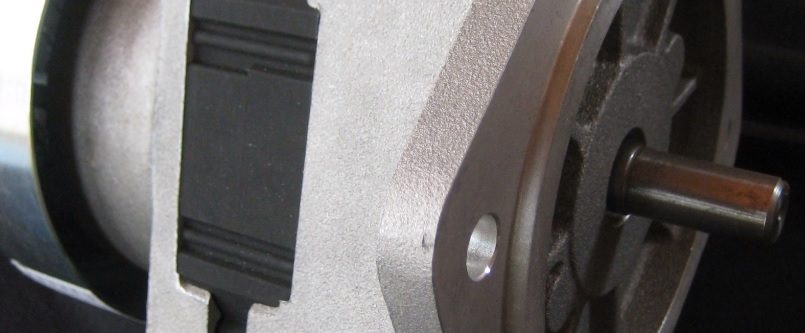In everyday life and in the technical fields we often discover that certain decisions are based on “scientific data” when, in fact, they are often founded on historic conclusions that have not been challenged or re-evaluated in a long time.
One such common myth is that for a stable and well-tuned drive you should match the motor’s inertia to the load inertia, which is typically done using a gearbox. Two factors lead to that conclusion: a. there is an optimization formula using the time constant of the motor and the load torque that shows that the best acceleration will be achieved if the reflected load inertia matches the rotor inertia; and b. a PID controller, which was commonly used when electric servos entered the marketplace, tend to perform best and appear to be most stable when the inertia are close or matched.
However, today we generally operate with higher voltage margins for fast dynamic response and definitively much more advanced control algorithms which yield drives that are accurate and dynamically responsive even when the inertias are mismatched. Over the years, I have worked with direct coupled loads where the load inertia was 50x the rotor inertia and the system was stable, efficient and performed well.
A second drive related myth is that pulse-width modulation (PWM) allows you to efficiently control a motor even if the motor is wound for a lower voltage. While that can be true, many have tried to hook up a 12 V motor to a 110 VAC rectified line voltage (155 VDC) with red hot success and a lot of smoke. PWM relies on motor inductance to smooth out the current during the modulation process, and lower voltage motors have a respective lower phase inductance. The output torque of such a motor is determined by the average current and it often relates directly to the duty cycle while the heating losses are determined by the RMS value of the phase current. Thus, driving a low resistive load using PWM at low duty cycles will yield significantly higher RMS values than average current values which, in turn, can quickly destroy a motor, which also means that the current rating of the drive also needs to be oversized.
In fact, as magnet materials have improved, we commonly encounter problems when controlling these motors with PWM drives. It is not uncommon for our company to build drives using 100 KHz to 250 KHz, or even higher PWM carrier frequencies, with wide bandgap switches to improve motor efficiency, even though just a few years ago 10 KHz to 40 KHz were commonplace and considered adequate. As technology advances, we must continuously re-evaluate our boundaries and recommendations and adjust recommended as required.





